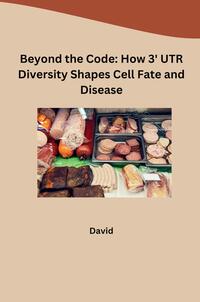
Beyond the DNA code itself lies a hidden layer of control - the 3' untranslated region (3'UTR) of messenger RNA (mRNA). This tail-like region, though not translated into protein, plays a surprising role in shaping a cell's destiny. Multiple cleavage sites in the 3'UTR allow cells to choose which portion gets added, resulting in diverse mRNA forms. This diversity impacts how efficiently the mRNA is translated into protein. Researchers are finding connections between 3'UTR variations and cell functions like proliferation and differentiation. Even diseases like cancer may be linked to abnormal 3'UTR processing. Understanding how cells make these choices could unlock new avenues for treating diseases and deciphering the complexities of development.